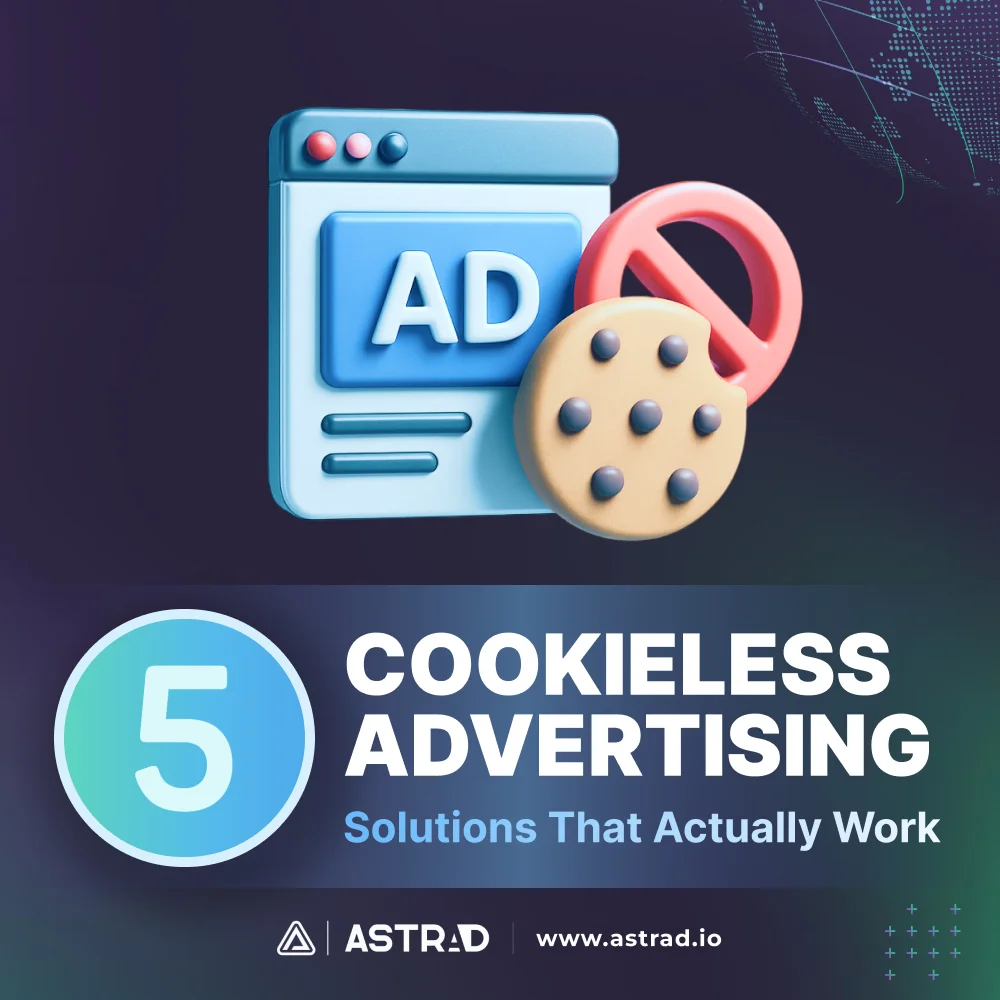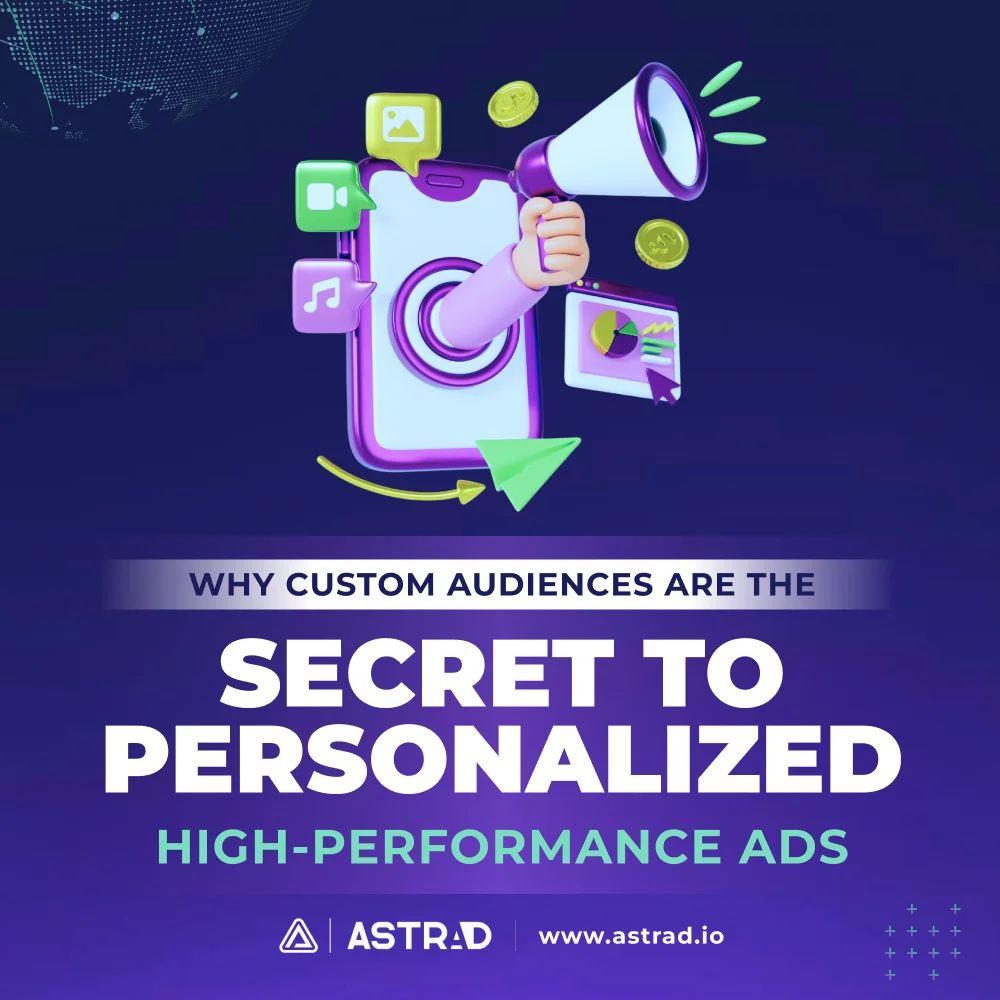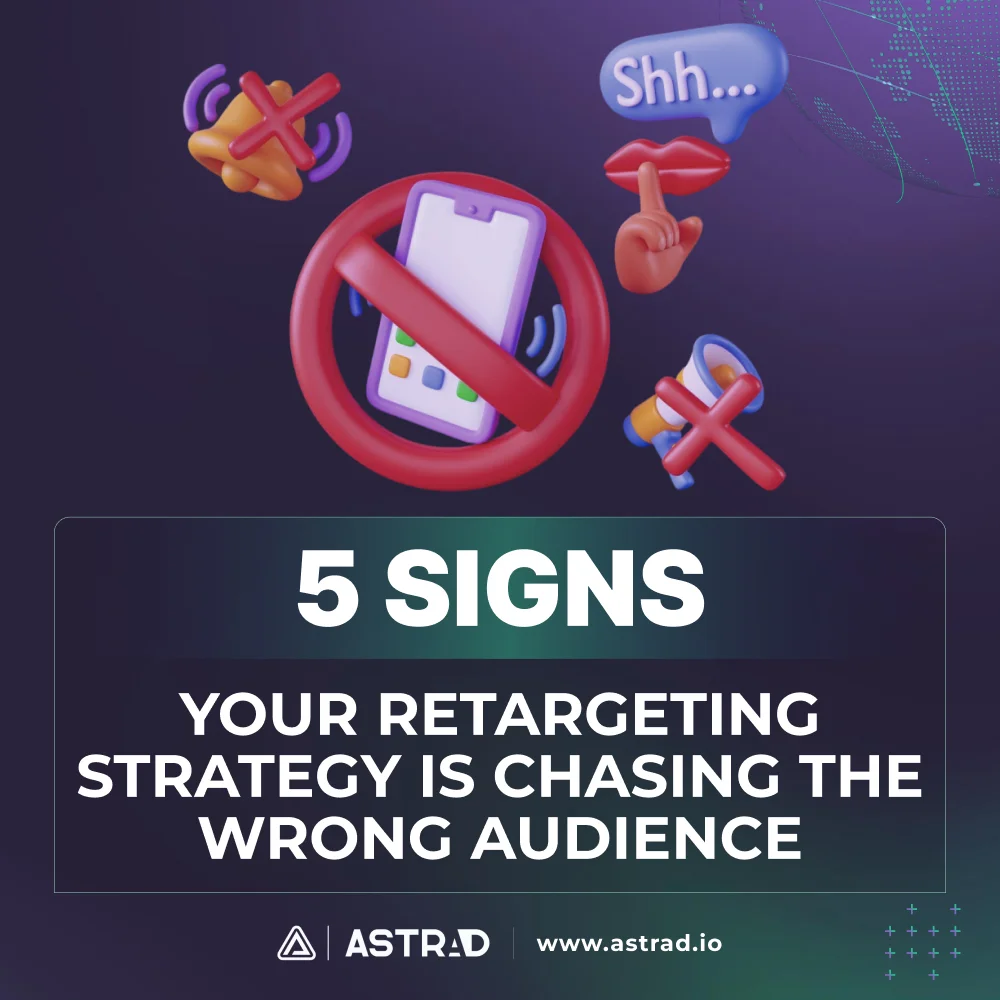The digital advertising world just lost its favorite tracking tool, and marketers everywhere are panicking like vampires who just discovered garlic seasoning in their blood supply. Third-party cookies—those invisible little spies that followed users around the internet for decades—are getting the boot faster than a reality TV contestant caught cheating.
Google Chrome’s decision to phase out third-party cookies isn’t just a technical update; it’s the death knell for an entire era of advertising. Brands that built their targeting strategies around these digital breadcrumbs are suddenly staring at a future where their audiences seem to have vanished into thin air.
But here’s the plot twist: cookieless advertising isn’t the apocalypse marketers think it is. It’s actually forcing the industry to get smarter, more creative, and more respectful of user privacy. The brands figuring this out now are about to gain a massive competitive advantage over those still mourning their lost cookies.
The Shift to Cookieless Advertising
Cookieless advertising represents a fundamental change in how brands reach and engage with their audiences without relying on third-party cookies for tracking and targeting. Instead of following users around the web like digital detectives, advertisers must find new ways to connect with relevant audiences while respecting privacy boundaries.
This shift isn’t happening in a vacuum—it’s the result of mounting pressure from privacy-conscious consumers, regulatory bodies, and tech companies that have decided user trust is worth more than unlimited data collection. What is cookieless advertising in practical terms? It’s marketing that works within privacy constraints while still delivering personalized, relevant experiences.
The transition affects every aspect of digital marketing, from initial audience discovery to campaign measurement and optimization. Brands that master cookieless strategies now will have significant advantages as the industry completes this transformation.
Why the Cookie Jar Had to Go
Third-party cookies became the backbone of digital advertising because they made targeting feel effortless. Drop a pixel on someone’s browser, follow them across websites, build detailed behavioral profiles, and serve perfectly timed ads based on their browsing history. It was like having a crystal ball that predicted exactly what people wanted to buy.
But this system had a fatal flaw: it treated user privacy like an optional feature rather than a fundamental right. Consumers grew increasingly uncomfortable with invisible tracking, leading to the rise of ad blockers, privacy-focused browsers, and eventually, comprehensive privacy legislation.
The writing was on the wall when major data breaches made headlines and consumers realized how much personal information companies were collecting without explicit consent. The convenience of cookies couldn’t justify the privacy invasion anymore.
Privacy Regulations Changed the Game Forever
Modern privacy laws like GDPR and CCPA didn’t just suggest that companies be more careful with data—they made privacy violations expensive enough to bankrupt businesses. These regulations established clear rules about consent, data collection, and user rights that made traditional cookie-based advertising legally risky.
The regulatory shift created a domino effect across the industry:
- Legal compliance costs skyrocketed as companies hired privacy officers and legal teams
- Consent requirements made cookie-based tracking significantly less effective
- User rights like data deletion and portability complicated data management
- Penalty structures made privacy violations an existential threat to business operations
Smart companies realized that building privacy-first advertising strategies wasn’t just about compliance—it was about future-proofing their businesses against an increasingly privacy-conscious world.
Five Cookieless Advertising Solutions That Deliver Results
The end of third-party cookies doesn’t mean the end of effective advertising—it means the beginning of smarter, more sustainable approaches that work within privacy constraints while still driving business results.
Solution 1: Contextual Advertising Makes a Comeback
Contextual advertising targets users based on the content they’re currently viewing rather than their browsing history. It’s like advertising snow boots to someone reading a skiing article instead of following them around the internet because they once searched for winter gear.
This approach works because it catches people when they’re already interested in related topics. Someone reading restaurant reviews is probably hungry and open to food delivery ads. Someone browsing fitness articles might be interested in workout equipment or supplements.
The beauty of contextual advertising lies in its simplicity and privacy compliance. No tracking required, no consent forms needed, and no privacy violations possible. It’s advertising that feels natural rather than creepy.
Modern contextual advertising uses advanced content analysis and AI to understand not just keywords but sentiment, intent, and topic relevance. This makes contextual targeting far more sophisticated than the basic keyword matching of the past.
Solution 2: First-Party Data Becomes Your Secret Weapon
First-party data—information customers willingly share directly with your brand—has become the gold standard for cookieless advertising solutions. This includes email addresses, purchase history, website interactions, and survey responses that customers provide with full knowledge and consent.
The key advantage of first-party data is trust. When customers choose to share information directly with your brand, they’re essentially giving permission for personalized experiences. This creates stronger relationships and more effective targeting than any third-party cookie ever could.
Building first-party data requires offering genuine value in exchange for information:
- Loyalty programs that reward customers for sharing preferences
- Content subscriptions that deliver value in exchange for email addresses
- Account creation that enables personalized experiences
- Survey participation that helps improve products and services
- Interactive tools that provide useful results in exchange for data
The brands winning with first-party data focus on value creation rather than data extraction. They make customers want to share information rather than trying to secretly collect it.
Solution 3: Cohort-Based Targeting Groups People Smartly
Cohort-based targeting groups users with similar interests or behaviors without tracking individuals. Instead of targeting “John who visited three shoe websites,” you target “people interested in athletic footwear.” It’s like creating dating app matches based on compatibility rather than stalking.
Google’s Privacy Sandbox initiatives, like Topics API, represent this approach. The system analyzes browsing behavior locally on users’ devices, assigns them to interest cohorts, and shares only the group designation with advertisers. Individual privacy gets protected while advertisers still reach relevant audiences.
This solution balances personalization with privacy by maintaining anonymity within groups. Advertisers can target interested audiences without knowing specific individuals, and users maintain privacy while still seeing relevant ads.
Cohort-based targeting requires different optimization strategies since individual user tracking isn’t possible. Success depends on understanding group behaviors and creating content that resonates with cohort interests rather than individual preferences.
Solution 4: Server-Side Tracking Puts Control Back in Your Hands
Server-side tracking moves data collection from users’ browsers to your own servers, giving you complete control over what data gets collected and how it’s used. Instead of relying on browser cookies, you track user interactions through your own systems.
This approach offers several advantages over traditional cookie-based tracking:
- Complete data control since everything happens on your servers
- Improved accuracy because ad blockers can’t interfere with server-side collection
- Better page performance since tracking scripts don’t slow down user experiences
- Enhanced privacy compliance because you control exactly what data gets collected
Server-side tracking requires more technical setup than browser-based solutions, but it provides much more reliable and privacy-compliant data collection. It’s particularly valuable for e-commerce sites that need accurate conversion tracking.
The key to successful server-side tracking is thoughtful implementation that prioritizes user experience and privacy while still capturing the data needed for optimization and measurement.
Solution 5: Identity Resolution Connects the Dots Responsibly
Identity resolution links customer interactions across devices and touchpoints without relying on third-party cookies. It creates unified customer profiles using first-party data, deterministic matching, and privacy-compliant methods.
This solution works by connecting known data points that customers have willingly shared across different interactions. When someone logs into your mobile app and later visits your website with the same email address, identity resolution can link those sessions to create a complete picture of their customer experience.
Effective identity resolution depends on multiple data sources working together:
- Customer relationship management systems that track known customer interactions
- Email marketing platforms that connect email engagement with website visits
- Mobile app data that links in-app behavior with other touchpoints
- Customer service interactions that provide additional context and preferences
The goal isn’t to secretly track users but to create better experiences for customers who want to engage with your brand across multiple channels. It’s about connecting the dots that customers have already drawn rather than creating new ones without permission.
Building Your Cookieless Advertising Strategy
The five cookieless advertising solutions we’ve covered aren’t competing alternatives—they’re complementary approaches that work best when combined into comprehensive strategies. Smart brands are already testing and implementing multiple solutions to create robust advertising ecosystems that don’t depend on third-party cookies.
The transition to cookieless advertising requires significant changes in how marketing teams think about targeting, measurement, and optimization. Success depends on building direct relationships with customers, creating valuable content experiences, and respecting privacy boundaries while still driving business results.
The brands that master cookieless advertising first will have substantial competitive advantages as the industry completes this transition. They’ll build stronger customer relationships, avoid compliance risks, and develop sustainable advertising strategies that work regardless of future privacy changes.






